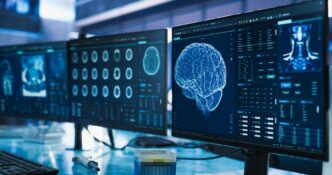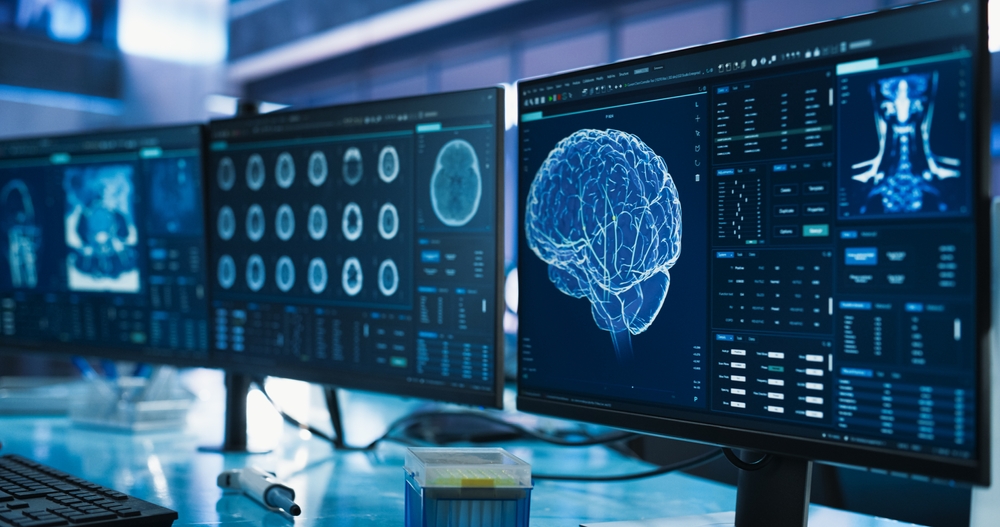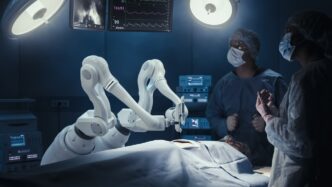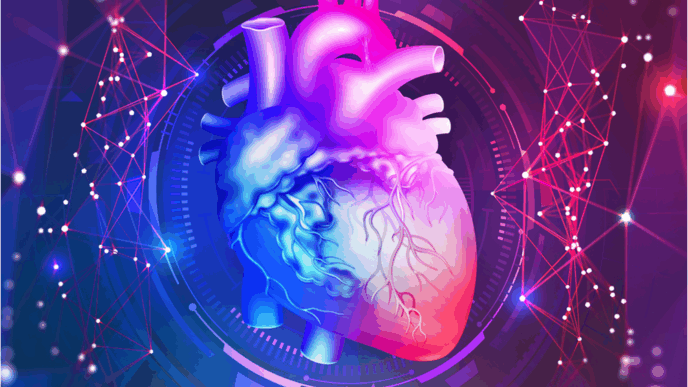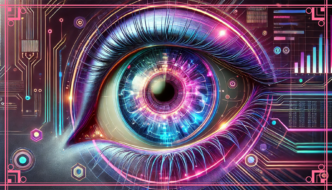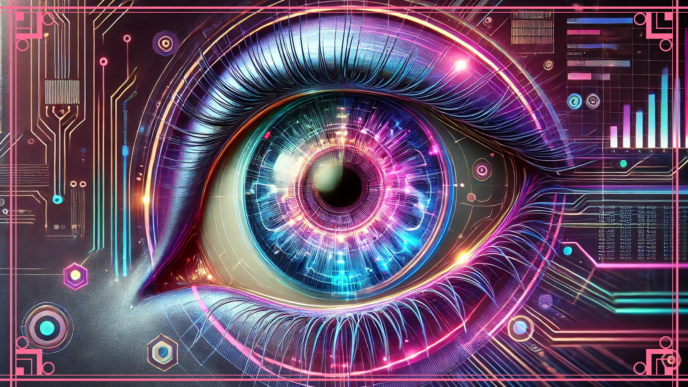WORDS LIM TECK CHOON
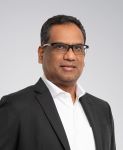 FEATURED EXPERT FEATURED EXPERTDR ADAM PANY ABDULLAH Consultant Radiologist Sunway Medical Centre |
When you think of a radiologist, you might picture someone sitting in a dark room looking at X-rays.
However, Dr Adam Pany Abdullah wants you to think again.
Today’s radiologists are more like medical detectives, using an arsenal of advanced imaging tools to spot health issues before they become major problems.
“We’re not just looking at pictures,” explains Dr Adam. “We use everything from X-rays and ultrasounds to CT scans and MRIs to examine what’s happening inside your body.”
Such technology helps doctors find problems that might be invisible to the naked eye or during a regular check-up.
MAKING MEDICINE PERSONAL: SEEING IS BELIEVING
Have you ever felt anxious about a medical condition because you couldn’t understand what was wrong?
Dr Adam finds that showing patients their own scan results is one way to ease their anxiety.
“When patients can actually see what’s happening inside their body, they feel more confident about their treatment plan,” he tells us. “It’s like having a map of your health journey – you can see where you started and track your progress along the way.”
RADIOLOGY AS A PREVENTIVE TOOL
Using today’s advanced technology, radiologists can spot potential problems before they become serious issues:
- Signs of heart disease before the symptoms appear
- Tumours that are still tiny and treatable
- Early-stage sports injuries that can then be treated without needed major surgeries
“Prevention is our primary goal,” Dr Adam emphasizes. “Finding problems early means we can often treat them with simple solutions like medication or physiotherapy, instead of major surgery.”
THE AI REVOLUTION SWEEPS INTO RADIOLOGY
Remember when phone cameras could only take grainy pictures? Now, our phones can take amazing photos, record videos, and more. We can even download apps to improve these functions.
Medical imaging has made similar leaps forward thanks to artificial intelligence.
“With AI-powered algorithms analyzing imaging data, we now achieve unprecedented accuracy, detecting millimetre-level details with MRIs and CT scans, compared to the centimetre resolution that was standard a decade ago,” explains Dr Adam.
He adds: “This improvement minimizes diagnostic errors and ensures that the most appropriate treatments are chosen for patients.”
RADIOLOGY AS AN INTEGRAL COMPONENT OF MULTIDISCIPLINARY TREATMENT
The value of radiology goes beyond diagnosing health issues. It is integral to ongoing treatment and collaboration with other specialists.
Cancer
Citing cancer treatment as an example, Dr Adam explains that advancements in radiology enable healthcare professionals to gather critical insights about cancer. These insights are useful to identify the cancer type, pinpoint the tumour’s exact location and size, decide whether surgery is necessary, and develop the most effective treatment plan.
Stroke
Another example is one that is close to Dr Adam: stroke. Dr Adam is a neuroradiologist; he specializes in imaging of the central nervous system—which includes the brain, spinal cord, and nerves—as well as performs interventional procedures.
“We collaborate with surgeons to treat aneurysms and vessel blockages through minimally invasive, image-guided procedures such as stent or coil placement,” he explains.
“This minimally invasive approach allows us to target the problem and avoid more invasive open surgeries precisely,” he further elaborates.
BYPASSING PHYSICAL AND GEOGRAPHICAL LIMITATIONS
Imagine having access to top medical experts even if you live far from a major hospital.
Well, that is now possible thanks to teleradiology.
“We can now analyze scans from anywhere in the country,” says Dr Adam. “This means patients in remote areas can get expert opinions without traveling long distances.”

